Camera Stabilization: Tripods, monopods, gimbals, and more
Whether you’re looking to place your camera on a stationary object like a tripod, or you’re looking to capture lot’s of dynamic movement with a stabilizer, there are things you should know to get the best quality out of your camera equipment.
Each piece of equipment is a specialized tool designed for specific jobs. This means you want to know how to approach using each tool, so that you can pick the right ones for your next video shoot.
Tripod
First up is the tripod. Arguably one of the “simplest” of camera tools, the tripod has three legs with adjustable heights that allows you to secure your camera at a fixed height and location. While it’s easy enough to just set your camera on a tripod and hit record, you can get more out of using your tripod if you plan ahead.
Before you start filming you should ask yourself why you’re filming with a tripod and what that will add to your scene. Maybe you’re filming a talking head interview and you want a static, well composed shot of your interview subject. In that case you want to place your tripod at a height where your camera will be right around eye level. This will put your viewer level with your subject, making it easier to relate to them. Additionally you can use your tripod for low, or high angle shots for different emotional effects.
Tripods are also good tools for slow pans or tilts. Most tripods allow you to loosen or tighten different joints for smooth movement. Higher quality tripods also add measures of drag or resistance so you can adjust how easy it is to pan or tilt the camera to get the smoothest motions. Before you start filming though, we recommend practicing with your tripod and finding what adjustments you need to make so that you are most comfortable once you actually start shooting.
Monopod
Monopods, while typically more for photography than videography, can still be a useful tool. Generally monopods are great for stationary shots when you want to have a little more movement to give a feeling of the camera being handheld. Monopods are also very light and mobile, so they are a great tool for any long shoot where you need to be able to be very mobile. This might be the right tool if you’re shooting a live event like a concert or a wedding and want some additional stabilization to your shots while constantly moving to different locations.
Slider
Now moving to tools that can give you more dynamic movement, we have the slider. Sliders are tracks that allow you to slide your camera in one of two directions. There are manual sliders which mean you move the camera yourself, and automatic sliders, where you set a beginning and end point and the camera moves on its own. Sliders are great for studio shoot situations where you’ll be in the same place for a long period of time. In order to use a slider you usually need two tripods to prop up either side of the slider. This means it can take a while to get everything set up.
Once you’re all set up, sliders are ideal for adding slow dramatic movement to a scene. If you’re shooting a product video, you can have one continuous shot that moves from one side of a product to another. If you’re filming an interview, you can add a slow moving parallax shot where you keep your subject in the same part of the frame while the background seemingly moves behind them. All of these options will transform your shot from being static and simple, to dynamic and more engaging.
Glidecam
The next tool is the glidecam. Glidecams are weighted, mobile camera stabilizers that allow you to get smoother footage while moving with the camera. Glidecams are a great non-motorized camera stabilizer for mobile shots.
If you’re looking to film things with a lot of action like dancing or sports, or you just want to add more motion to something a little more static like a live concert, then a glidecam is a great option. While all camera equipment takes time to master, glidecams in particular require a lot of practice, trial, and error. It takes a while to get used to balancing the camera and keeping your subjects in frame while you’re moving. If you do invest in a glidecam, spend a lot of time practicing with it until you’re comfortable and confident using it on important shoots.
Motorized Gimbal
A similar option to the glidecam is a motorized gimbal. Motorized gimbals give you a similar kind of mobile stabilization, while also giving you more options with the ability to move your camera electronically. There are advantages and disadvantages to manual gimbals and motorized gimbals. Generally manual stabilizers are slightly better at creating smooth, natural feeling motion, while motorized gimbals give you more flexibility in ways that you can move your camera creatively (like performing a 360 degree camera roll).
When you’re picking new equipment to buy or film with, consider what things you’ll be filming and what tool will best suit you for those situations. If you’re looking to film weddings where you’ll be moving around a lot and need to work quickly, you might want a glidecam, motorized gimbal, or monopod. If you’re filming product videos and studio interviews, maybe you want a tripod, or a slider (which means you need two tripods).
After you have your equipment, go out and practice shooting. Get used to your new equipment so that you’re better prepared for your important projects. If you want examples of our own work, we use a combination of these tools in lots of our videos. Additionally you can contact us for help with your own project.

